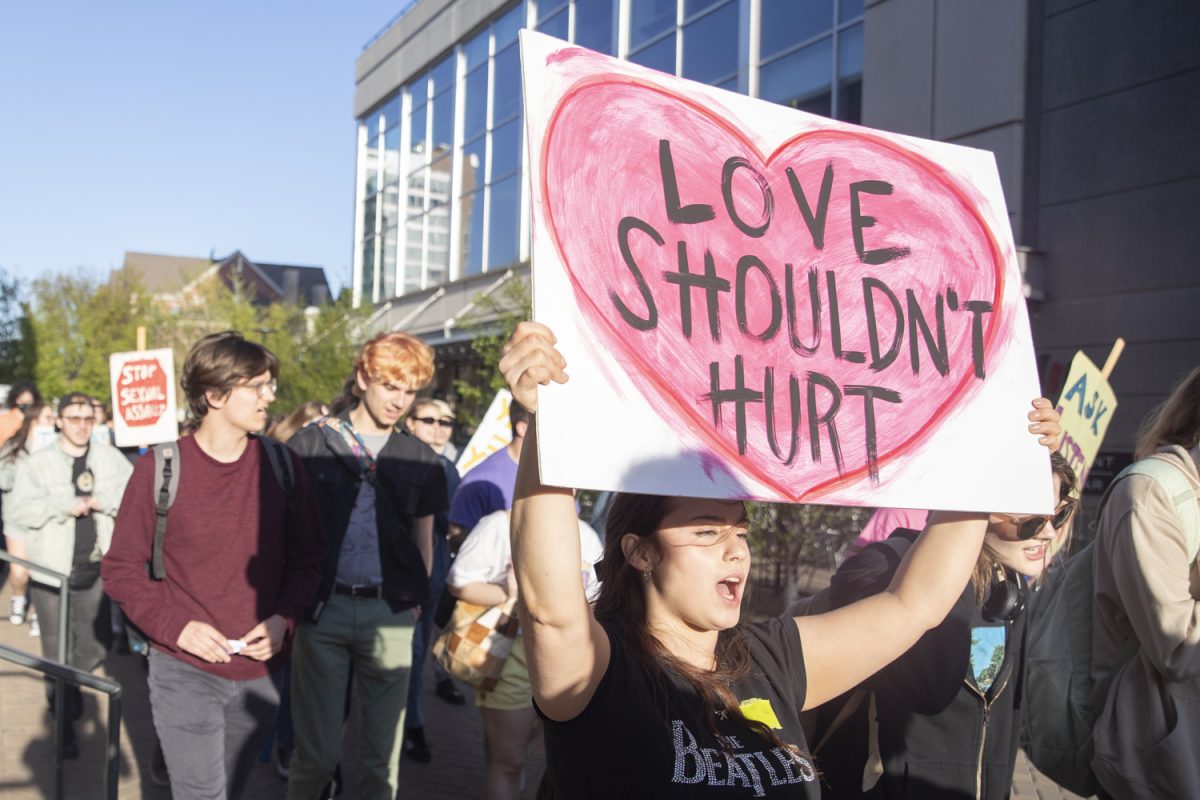A report released Tuesday named Iowa City one of the nation’s top cities for pedestrians, and Iowa City officials want to further expand walkers’ options.
The survey, conducted by the Rails and Trails Conservancy, ranked cities nationwide on the number of residents who engage in regularly walking and biking. Iowa City placed 14th, with 8 percent of resident walking to work and 2.2 percent of residents biking to work.
Johnson County Supervisor Terrence Neuzil, who said he was excited to see the report’s results, wants to work with local government to push Johnson County’s walking options beyond Iowa City.
"I’m excited about the future and the next five years," he said. "Networking with the local government for the near future of Johnson County has had strong commitments, and our objective is to create an interconnection throughout the community."
One major project on the county’s agenda, supervisors said, has been a five-year effort to connect walking trails near Iowa City — in Solon and North Liberty — to trails in Cedar Rapids. Work on these extensions is scheduled for completion in the summer of 2013.
Supervisor Pat Harney said the overall cost of connecting the trails will be around $1 million, funded partially through state and federal grants.
Harney said the county has received grants from local governments in east-central Iowa.
He also noted pedestrian trails surrounding the city would have a positive effect on residents’ health.
"We are working on encouraging people to walk and bike to lower health risks," Harney said.
John Fuller, a University of Iowa professor of urban & regional planning, said Iowa City has tried to be a large biking city, an effort he believes has been succesful.
"The large student population has contributed to the bicycle and pedestrian transit’s booming numbers," he said.
Rails and Trails Conservancy members noted Iowa City as one of many small metropolitan cities in the top 15. Seven of the 15 metropolitan areas listed in the report have a population of 94,000 or fewer.
Tracy Hadden Loh, the communications director for the group, said the presence of so many small cities is important because it debunks a widespread misconception that smaller cities are more spread out and lack access to pedestrain routes.
"The ‘myth’ that there are zero bikers and pedestrians in rural areas has definetley been busted," she said. "Walking and biking is not just for big cities such as New York and San Francisco anymore."
Rural communities allow pedestrians to walk in a safe environment, she said, as opposed to locations with extensive motor-vehicle traffic.
"I learned that rural [pedestrain travel] is more pleasant, less traffic is involved, and tourism is largely seen," Loh said.






